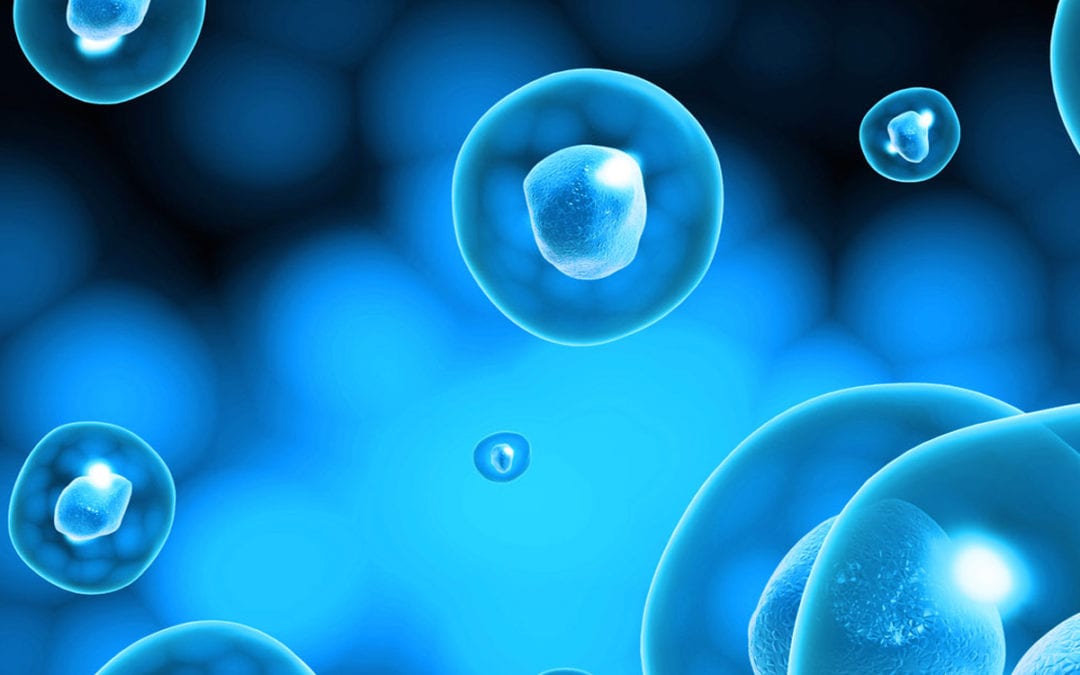Characterized by vision loss caused by progressive damage to the optical nerve, glaucoma continues to be the second leading cause of blindness worldwide. Although painless, the glaucoma-induced cupping, thinning, and structural damage caused to various parts of the eye causes vision loss that starts in the periphery and gradually travels inward, eventually resulting in a total loss of vision.
Current treatments for glaucoma are mainly pharmacologic, laser-based, and surgical procedures that reduce the eye’s intraocular pressure (IOP), the most treatable risk factor of glaucoma. While these treatments have been demonstrated to be effective in treating the symptoms associated with glaucoma, they are not able to restore vision that has already been lost as a result of glaucoma.
The purpose of Chamiling et al.’s review is to evaluate the current developments surrounding the use and effectiveness of stem cell therapy, not only to treat the symptoms of glaucoma and other optic neuropathic conditions but also to explore the potential of restoring vision loss resulting from these conditions.
According to the authors, while most glaucoma-based therapies center around controlling IOP, they fail to address the main contributing factors associated with glaucoma-associated vision loss – which include axonal damage and loss of retinal ganglion cells (RGCs), the neurons that make up the optical nerve and that are responsible for transmitting visual images from the eye to the brain.
In their natural state, RGCs are what’s considered postmitotic; in other words, they are cells that do not regenerate. This means that any vision loss sustained as a result of the loss of these RGCs is permanent and unable to be reversed. Adding to the severity of early glaucoma is the fact that significant damage to, and loss of, RGCs typically occur before the first signs of developing visual issues are detected.
However, with the recent advancements in cell-based therapies, and considering the field’s rapid-developing understanding of ocular regeneration, there is hope that science will soon be able to advance options that not only treat glaucoma but also restore vision lost as a result of the condition. As such, Chamiling et al. focus this review primarily on the use of stem cell-derived RGCs for drug discovery and transplantation-based therapy in four specific areas: control of intraocular pressure; using pluripotent stem cells as a source of RGCs; stem cell-derived RGCs for transplantation and vision restoration; and using stem cell as a source for neurotrophic factors (NTF).
Through their review of the literature and, in part, a summary of advanced discussions held at the 2015 Ocular Research Symposia Foundation’s “Sight Restoration Through Stem Cell Therapy” meeting, the authors conclude that advancements in our understanding of stem cells combined with key advancements made in the field of ocular biology have resulted in the ability to differentiate human stem cells into a number of different ocular cell types.
While much of the research and trials examined has involved animal models of study, the progression of these efforts has led to a number of human trials exploring the differentiation of stem cells into retinal pigment epithelial cells. In addition, and more specifically related to glaucoma, recent studies demonstrate significant potential for the differentiation of stem cells into trabecular meshwork (TM) and RGCs as well as the opportunity to be used as a way to secrete NTFs.
As a result of this review, Chamling et al. call for continued study into the potential of human stem cells for the treatment of glaucoma while also concluding that the rapid advancement in stem cell technology continues to provide the pathway to further understanding of stem-cell applications in this field and to offer new hope for using cell-based therapies as a way to restore vision lost as a result of glaucoma or other optic nerve conditions.
Source: (2016, April 1). The Potential of Human Stem Cells for the Study … – PubMed – NIH, from https://pubmed.ncbi.nlm.nih.gov/27116666/


 St. Petersburg, Florida
St. Petersburg, Florida
